For centuries, Chinese silk has captivated the world with its luxurious texture and cultural significance. As the birthplace of silk, China continues to craft some of the finest silk products globally, with Suzhou standing at the heart of this ancient tradition. Whether you’re a history enthusiast, a fashion lover, or a curious traveler, this guide unveils the secrets of silk—from its delicate creation to tips for discerning authenticity.
1. Suzhou: The Silk Capital of China 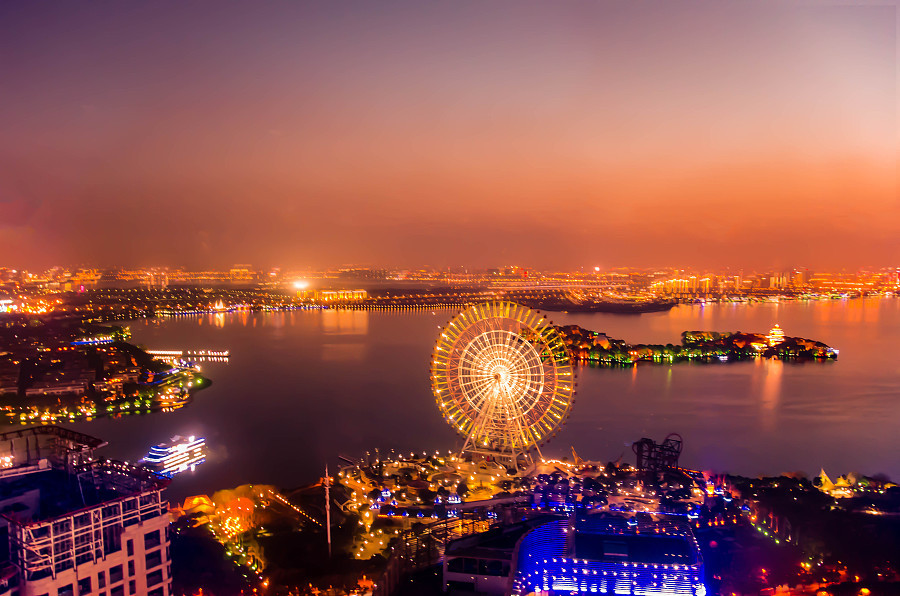
Nestled along the Grand Canal, Suzhou is renowned not only for its classical gardens but also as the epicenter of China’s silk heritage. Here, silk isn’t just a fabric—it’s a living art form passed down through generations.
Why Suzhou?
Historical Legacy: For over 2,000 years, Suzhou has perfected silk weaving and embroidery techniques showcased in imperial courts.
Modern Craftsmanship: Today, artisans blend traditional methods with contemporary designs, producing everything from haute couture to bespoke home décor.
Must-Visit:
Suzhou Silk Museum: Trace silk’s journey from cocoon to loom through interactive exhibits.
No.1 Silk Factory: Watch master weavers create intricate patterns on antique wooden looms.
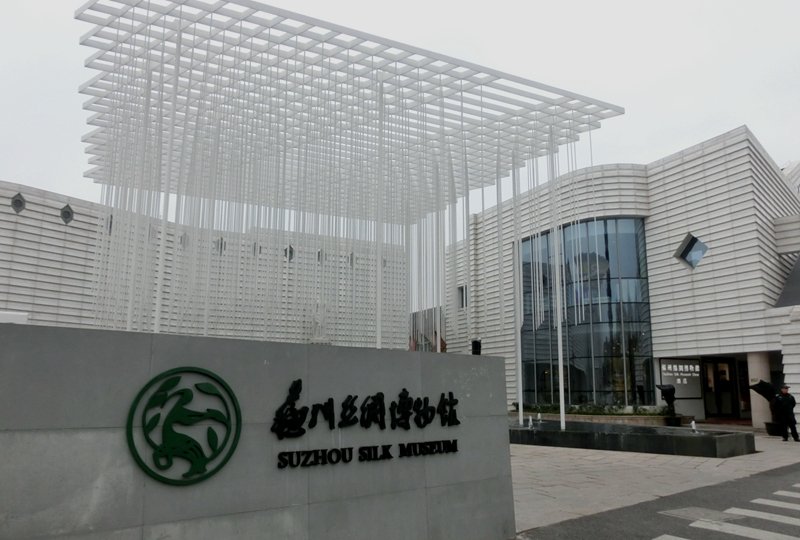 |
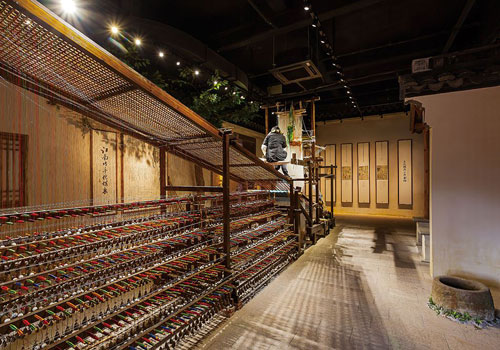 |
| Suzhou Silk Museum | No.1 Silk Factory |
2. From Worm to Wearable: The Silk-Making Process
Silk production is a meticulous dance between nature and human skill. Here’s how silkworms transform mulberry leaves into shimmering fabric:
Step 1: Cultivating Silkworms 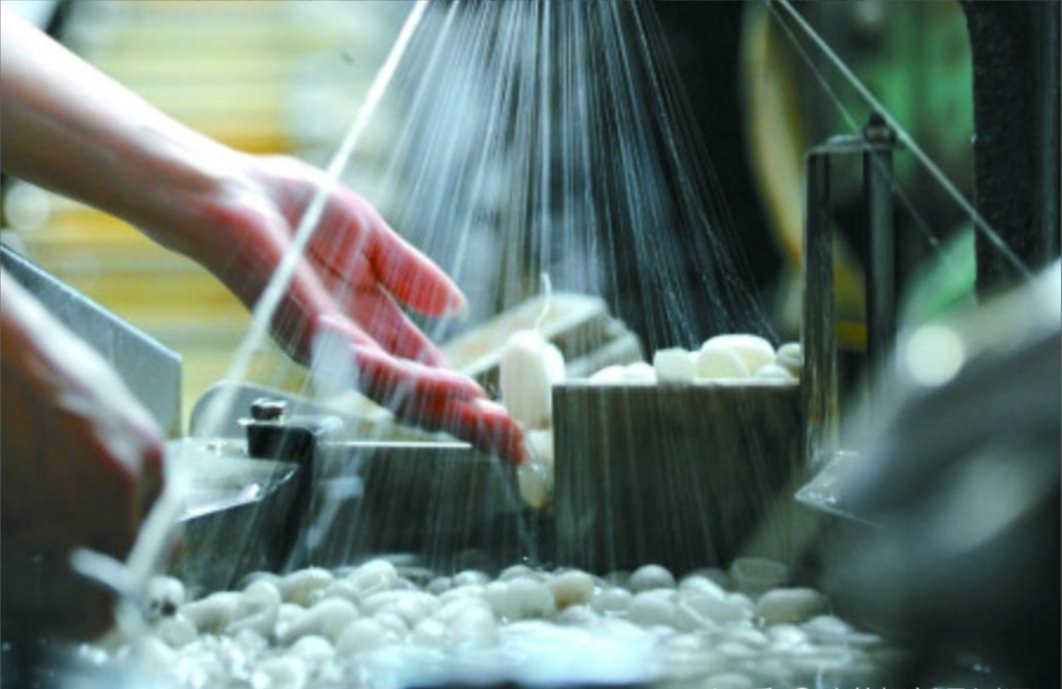
Silkworms’ Diet: Fed exclusively on fresh mulberry leaves for 30 days, these larvae grow 10,000 times their original weight.
Cocoon Spinning: Each worm secretes a single, continuous thread (up to 900 meters long!) to form its cocoon.
Step 2: Harvesting & Processing 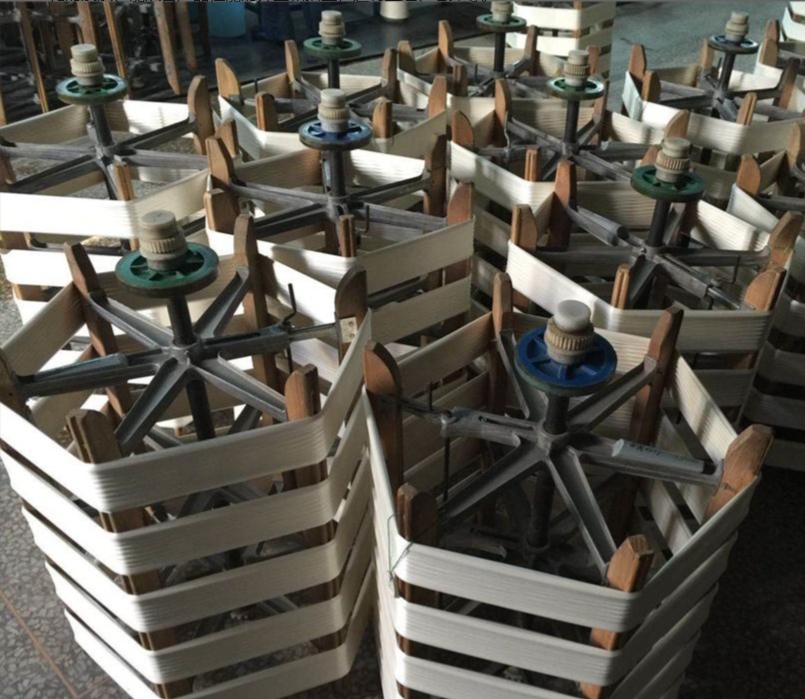
Boiling Cocoons: Cocoons are gently heated in water to soften the sericin (natural glue), allowing workers to unravel the delicate filaments.
Thread Reeling: Multiple filaments are twisted into a single thread, which is then dyed using natural pigments like indigo or safflower.
Step 3: Weaving Magic 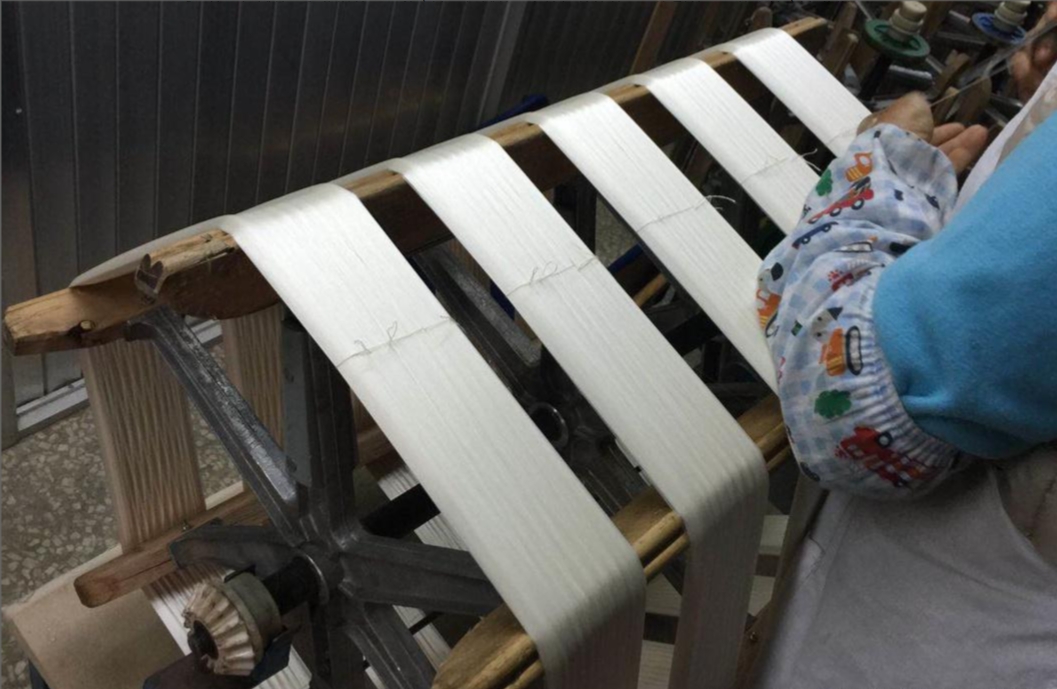
Hand-looms vs. Machines: Traditional hand-looms produce heirloom-quality brocades, while modern machines create affordable everyday fabrics.
Embroidery: Suzhou’s artisans stitch lifelike landscapes and flowers onto silk using techniques refined since the Song Dynasty.
Fun Fact: It takes approximately 2,500 silkworms to produce one pound of raw silk!
3. How to Spot Authentic Silk: A Buyer’s Guide
With counterfeit silk flooding markets, use these tricks to ensure you’re purchasing the real deal:
The Touch Test
Real Silk: Glides smoothly over skin, feels cool in summer and warm in winter.
Fake Silk: Often has a synthetic, plastic texture.
The Visual Inspection
Look for Imperfections: Genuine silk may have slight irregularities in weave patterns—proof of handmade craftsmanship.
Check the Sheen: Authentic silk glows softly under light; synthetics reflect harsh, artificial shine.
The Sound & Burn Test
Crinkle Sound: Rub the fabric—real silk produces a subtle “scroop” noise.
Burn Carefully: Pull a thread and ignite it. Real silk burns slowly, smells like burnt hair, and leaves fine ash. Imitation melts into sticky beads and reeks of chemicals.
Pro Tip: Buy from certified workshops like Suzhou Silk Garment Group or government-approved stores to avoid fakes.
4. Beyond Scarves: Unique Silk Souvenirs
While silk scarves and garments are classics, Suzhou offers creative ways to take home this legendary fabric:
Silk Paintings: Delicate artworks depicting Chinese landscapes or calligraphy.
Custom Qipaos: Tailor-made traditional dresses at Feiyu Xiang, a century-old boutique.
Silk Bookmarks: Lightweight and elegant, often embroidered with poetic verses.
Luxury Bedding: High-thread-count silk sheets for a regal night’s sleep.
For Kids: Adorable silk kites or stuffed silkworm toys (don’t worry—they’re plush!).
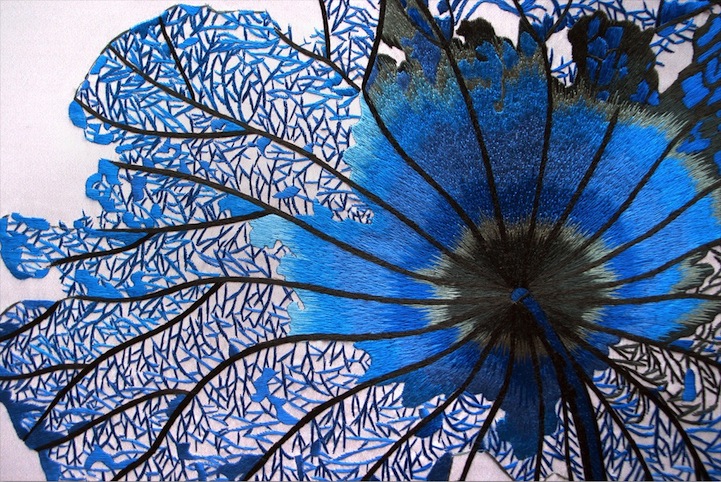 |
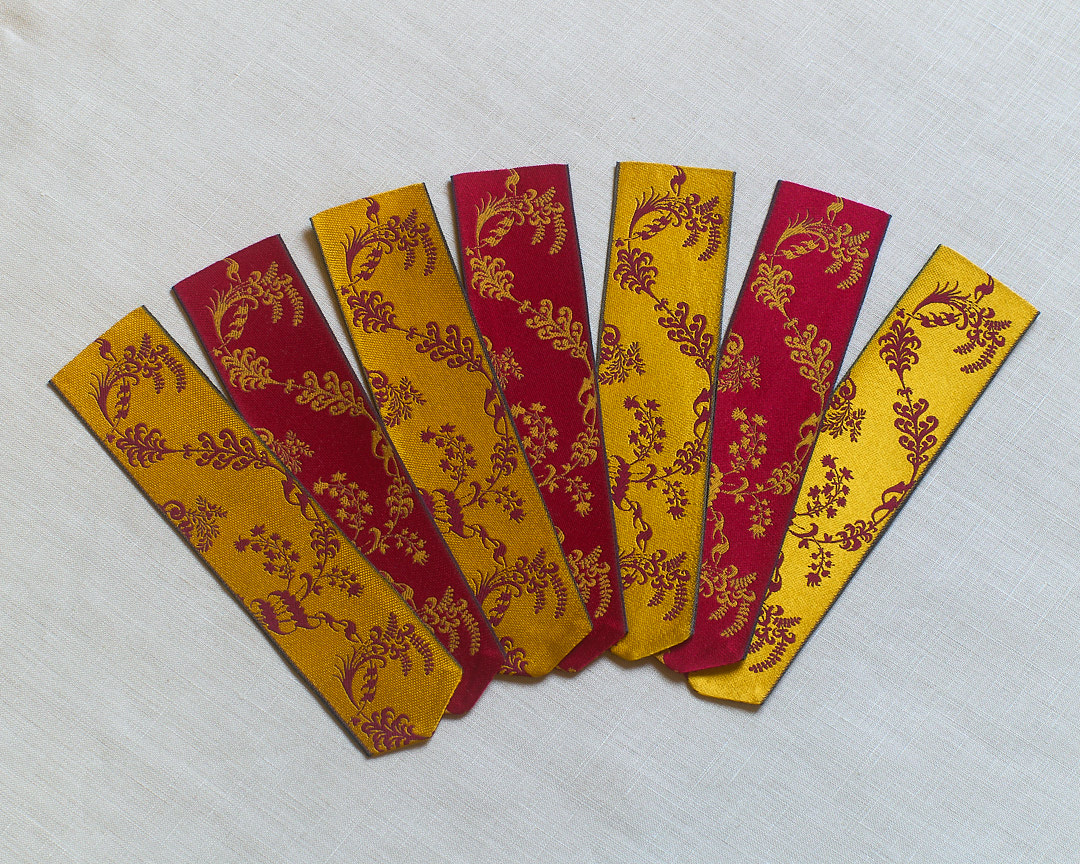 |
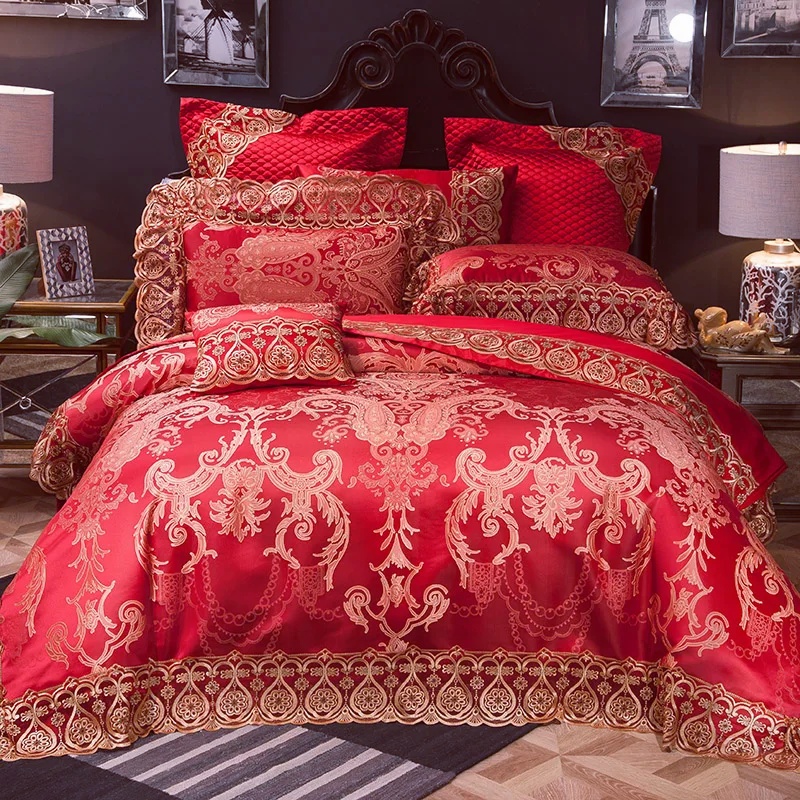 |
| Silk Painting | Silk Bookmark | Silk Bedding |
5. Hands-on Experiences for Travelers
Dive deeper into Suzhou’s silk culture with these immersive activities:
Silk Reeling Workshops
Where: Suzhou No.1 Silk Factory
What: Try your hand at unraveling cocoons under expert guidance.
Embroidery Classes
Where: Suzhou Embroidery Research Institute
What: Stitch a miniature silk tapestry using needles finer than human hair.
Night Market Shopping
Where: Guanqian Street
What: Bargain for silk accessories while snacking on local delicacies like sweet osmanthus cakes.
6. Silk in Chinese Culture: More Than Just Fabric
Symbol of Status: For millennia, silk was reserved for emperors and nobility. The Silk Road spread its allure to Rome, where it was worth its weight in gold.
Literary Muse: Ancient poets likened silk to “moonlight on water” or “dew on lotus leaves.”
Modern Revival: Designers like Guo Pei use Suzhou silk in avant-garde fashion showcased at Paris Fashion Week.
Final Threads
Suzhou’s silk isn’t merely a souvenir—it’s a tangible connection to China’s artistic soul. Whether you’re marveling at a master weaver’s precision or wrapping yourself in a hand-painted scarf, let silk’s timeless elegance become part of your journey.
Ready to Shop? Head to Suzhou Silk City for the widest selection.




































